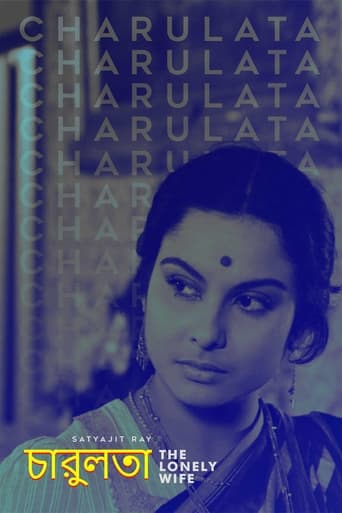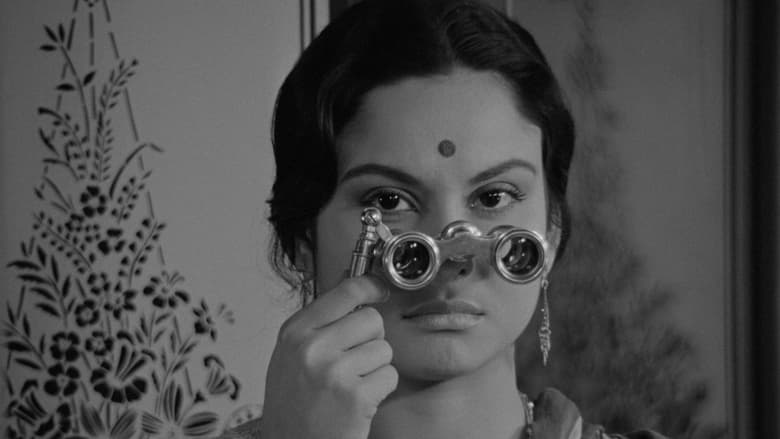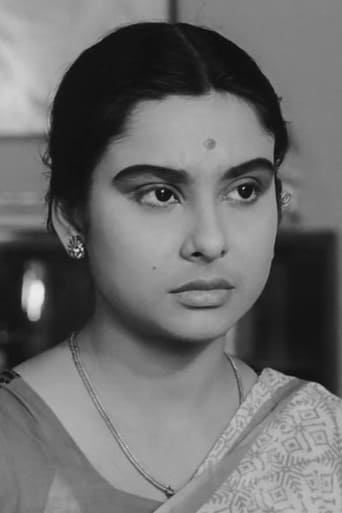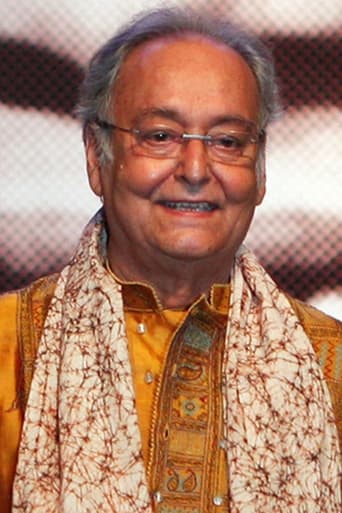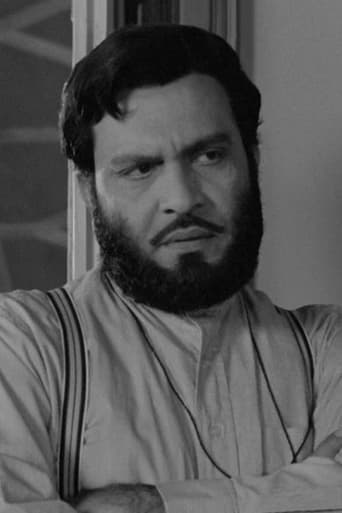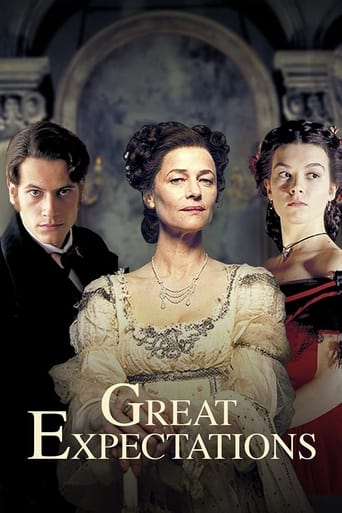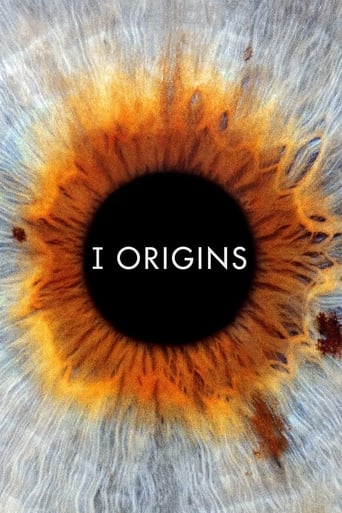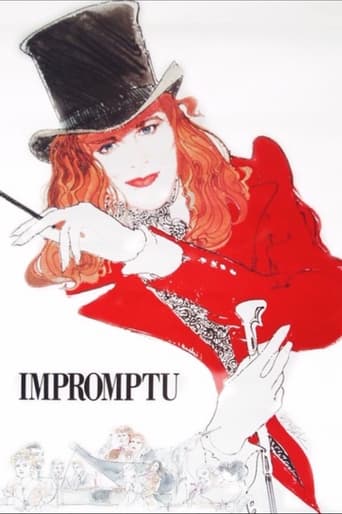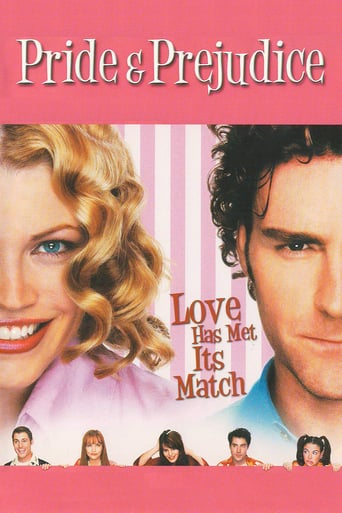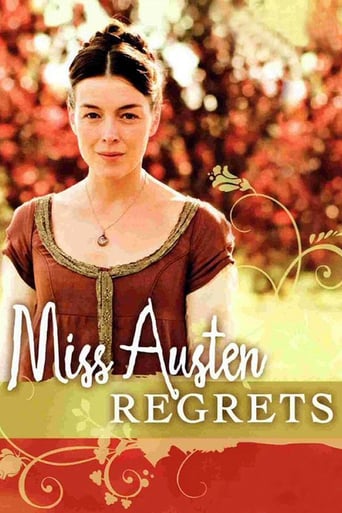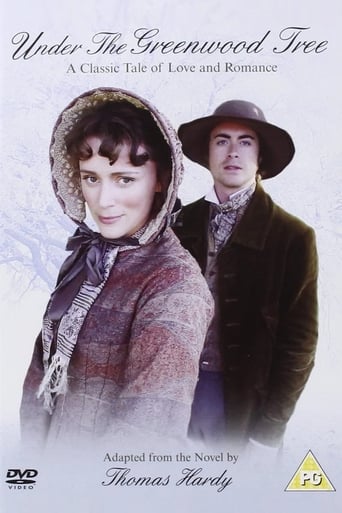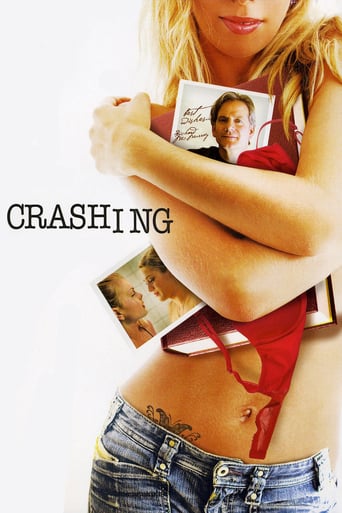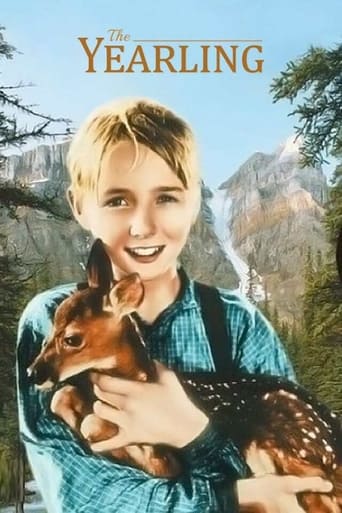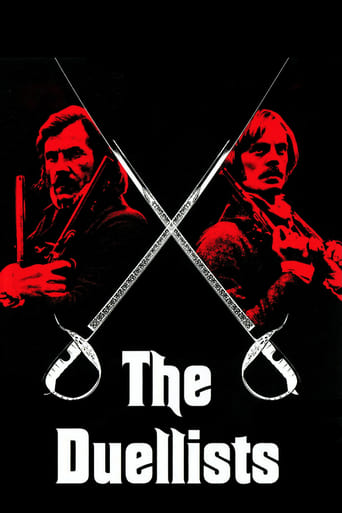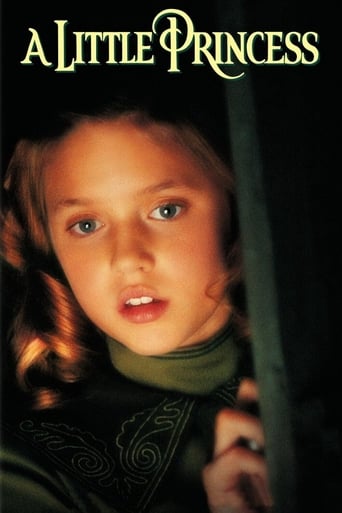Charulata (1974)
In 1870s India, Charulata is an isolated, artistically inclined woman who sees little of her busy journalist husband, Bhupati. Realizing that his wife is alienated and unhappy, he convinces his cousin, Amal, to spend time with Charulata and nourish her creative impulses. Amal is a fledgling poet himself, and he and Charulata bond over their shared love of art. But over time a sexual attraction develops, with heartbreaking results. Preserved by the Academy Film Archive in partnership with The Film Foundation and Merchant and Ivory Foundation in 1996.
Watch Trailer
Free Trial Channels
Cast


Similar titles
Reviews
terrible... so disappointed.
Memorable, crazy movie
It is interesting even when nothing much happens, which is for most of its 3-hour running time. Read full review
Great movie. Not sure what people expected but I found it highly entertaining.
Plot: In 1890s India, a wife's relationship with her cousin-in-law disrupts the stability of the whole household.Review: The first ten minutes of this movie are simply of bored housewife, Charulata (Madhabi Mucherjee), wandering about her apartment. It is mesmerising. Other characters appear one by one, all members of her extended family. A male cousin-in-law is something of a soul mate, and they mutually encourage each other to start writing as a pastime, but when he decided to publish his work relationships subtly change.Actually, I wasn't always exactly sure what was going on. I think there were some cultural subtexts at play that I am not at privy to. I was afraid that I might have picked up something tedious, but it was nothing of the sort. It is a beautiful movie. There is a humour and lightness of touch that is very refreshing. I particularly liked the contrast between the newspaper editor husband who clearly takes his work very seriously, and the lack of fulfilment or focus in other people's lives around him. Acting, cinematography, lighting, sound, locations, shot composition, all are done so well, and the story is accessible enough to make it enjoyable to any audience. It's the kind of movie that leaves a pleasurable feeling afterwards, knowing that one has watched something of quality, even if one is not exactly sure why.
The film is the masterpiece from Satyajit ray. Even he confessed that it was his best work. The film is obviously the slowest that I have ever seen but its beauty lies in the fact that it gradually develops the relationships and emotions which is very difficult to be filmed. The story revolves around a woman named Charulata who has an inherent talent of writing but is not able to make use of this. She finds it very difficult to pass her time. Brother of her husband comes to live with them and then she started to find solace in his company. How relationships gradually changed as the time passed is portrayed beautifully in this wonderful film from a master filmmaker.PROS: The best thing I found in the film was the acting by Charu. Her eyes said more than was required. Cinematography too was nice and noticeable. The development of affection between two people is the key strength here. The film is definitely slow paced but it certainly kept me interested every minute. The thing that I liked in the cinematography most was the very slow movement of the camera around the two people when they were talking. The story is good and normal but the way it was perceived by Ray and his power to display it is fantastic.MESSAGE: "Some things just happen. You cannot have control over them."VERDICT: "Most recommended Indian Film."
Satyajit Ray's Charulata (1964) is considered to be a masterpiece and monument of timeless art and is also accepted as one of the best ever adaptations of a literary piece. The film is an adaptation of a short story named Nashtaneer by Rabindranath Tagore. This review contains Ray's subtle use of metaphors while handling the plot which deserves appreciation along with its other technical perfections.The metaphors used in this film are countable but very much catchy and pleasant if related properly with each other. Ray successfully employed the metaphors within the constraint of film techniques. The mentionable metaphors are Charu's opera-glass, caged birds, carpet-shoe and Sentinel newspaper etc. In the very poetic opening sequence of the film is not bereft of any intention by the director. The use of opera-glass vision or binocular-vision (which is masked-shot to be precise) is very grabbing. Charu sees the world through opera-glass. Even she sees her husband Bhupati with it once. The immediate and swift zoom-out after the gaze is praiseworthy. In the film, Charu sees the world through it but whoever she sees goes out of her limited vision. She cannot but forced to let them go out of her vision. By the end of the film, she once again takes refuge to her glasses. The focus of her glasses (a boat) moves on. The only person static in her opera-glass is Amal as seen in the garden sequence. But Amal sneaks off at last rendering Charu's opera-glass a constant metaphor of both escapism and a means of escape. Two times in the film, caged birds are seen within the frame of a shot's composition. That is a perfect metaphor for representing Charu and Amal to some extent as if they can fly but within a limited confinement where flying does not even mean anything fruitful. The carpet-shoe metaphor is a perfect example of Charu's growing weakness for Amal. Charu knitted the pair of shoe with meticulous attention for Bhupati. This was a sign of her loyalty to her husband. But she presents it to Amal and it was clear that she was presenting her affinity for Amal by doing this. When Amal leaves, she angrily collects the pair of shoe from Amal's room but there is no indication that she will give it to Bhupati either. The metaphoric indication is clear _ Charu can never present her love to anyone anymore. The Sentinel newspaper is last but not the least metaphor here. It shifts its representational position which makes it an interesting metaphor. At first it was a symbol of Bhupati's workaholic mind and was appreciable. Then it turns itself as an image of political consciousness of Bhupati and thus assumes a negative connotation to the viewer. It is because Bhupati's obsession with politics fruits a chasm in a social relationship between him and his wife Charu. Then the newspaper becomes a symbol of Bhupati's failure. At the last freeze shot, a copy of the newspaper is seen which connotes itself to be nothing more than a scrap and thus a metonymy of a broken house. Among other metaphors, betel and Bishwabondhu magazine are prominent ones.It is literally very tough to find flaws with editing of such a meticulously knitted film. In fact, there is none to be mentioned. The transition between scenes is smoothed by very charming fade-ins and fade-outs. There are cuts but torrent of the plot remains uninterrupted. It must be mentioned that superimposition used in order to ensure the transition between scenes were very successful. The most interesting was the last three freezes. It is at once appreciable and bears evidence of cinematic craftsmanship of Satyajit Ray. He was accused by a critic that Charulata has been a bad adaptation. But within the technical sophistication of a film; the necessity of deducing, adding and altering is technically and literally undeniable. Thus the subtlety of editing makes Charulata one of the most entertaining and pioneering films in Bengali of all times. The editing aids to condense the story within an accepted time frame. In a nutshell, the crafty editing makes Charulata even critics' favourite as well.
The best Satyajit Ray movie. Ray, at his peak, gave us his most convincing insight into love and loyalty, two of his universal themes. Unfortunately, the brilliant Apu trilogy has more of an visceral draw to Western audiences and Charulata is overlooked. The Apu trilogy invokes the idea of the Western view of India right or wrong while Charulata almost represents an anomaly of upperclass Indians in the late Victorian era.Charulata actually is a better film than any of those in the Apu trilogy (as hard as that is to believe) not to mention the most visually striking. However, the one thing Apu trilogy has over Charulata is its freshness. But this almost the same situation as Martin Scorsese and Mean Streets and Taxi Driver. This is not to say that he didn't make any good movies after that. Goodfellas is perhaps his best.In the end, Ray had style as well as substance in many of his films and Charulata represents that pinnacle while the Apu trilogy establishes what was to come.

